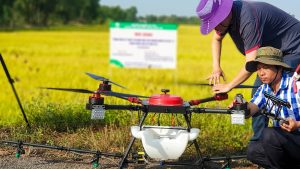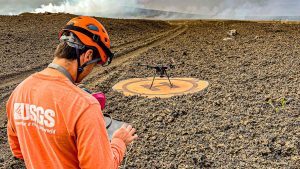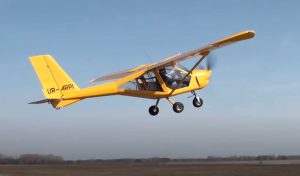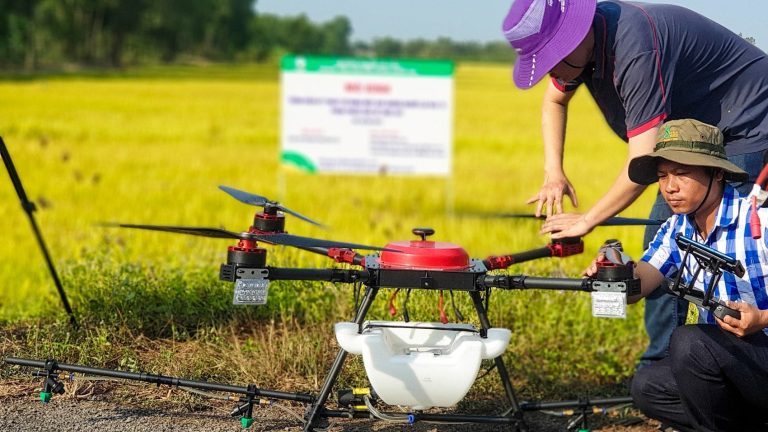In an unprecedented move, Ukraine has targeted facilities in Russia’s Tatarstan Republic, located 800 miles from the Ukrainian border. The attacks, carried out by drones on April 2, aimed at disrupting the production of Shahed-type attack drones and Russia’s third-largest oil refinery.
Ukrainian Military Intelligence Behind the Attack
A source in Ukraine’s military intelligence (HUR) revealed to the Kyiv Independent that the agency was responsible for the attack on the manufacturing facility for Shahed-type drones in Yelabuga. These Iranian-made drones have been regularly used by Russia to target civilian and energy infrastructure in Ukraine.
The extent of the damage to the production facilities remains unclear, with conflicting reports from Russian and Ukrainian officials. While a local Russian governor claimed minimal disruption, an unnamed Ukrainian security source told RBC-Ukraine that there was “significant destruction.”
Joint Operation Targets Oil Refinery
In addition to the drone factory, the attacks also targeted Russia’s third-largest oil refinery in Nizhnekamsk. A source in the Security Service (SBU) informed the Kyiv Independent that this was a joint operation carried out by the SBU and HUR. The recent attacks have reportedly disrupted between 12-14% of Russia’s refining capacity.
President Volodymyr Zelensky defended Ukraine’s right to use its own weapons for self-defense, stating, “It is equally important that Russian terrorists are getting responses to their strikes. Each time, they are getting more and more far-reaching responses.”
Russian Production of Iranian Drones
Reports of a Shahed-type drone production facility in Tatarstan first surfaced in early 2023. Satellite imagery from Maxar Technologies, released by the White House, showed groundworks for the plant in April 2023. Moscow aims to produce 6,000 Shahed-type drones by 2025, according to secret documents reported by the Washington Post.

Russia has been assembling about 330-350 drones monthly, with spare parts and components coming from Countries other than Iran. Deputy Head of Ukraine’s Military Intelligence, Vadym Skibitsky, stated that Moscow’s goal is to achieve a fully closed production cycle of these drones in Russia by 2026.
Ukraine’s Long-Range Drone Capabilities
Ukrainian officials have been open about the country’s increased production of domestically-made long-range drones. Digital Transformation Minister Mykhailo Fedorov revealed that Ukraine is manufacturing drones with a range of over 600 miles, while Strategic Industries Minister Oleksandr Kamyshin confirmed that a Ukrainian-made drone could travel up to 750 miles.
The specific weapon used in the Tatarstan attack remains unknown, but Russian media speculated that it might have been a converted Ukrainian-produced Aeroprakt A-22 Foxbat light aircraft. Military analyst Oleksandr Kovalenko noted that such an aircraft could potentially be adapted for a long-distance one-way flight with a powerful warhead.
The Ukrainian drone strikes on facilities in Russia’s Tatarstan Republic mark a significant escalation in the ongoing conflict. By targeting the production of Shahed-type drones and oil refineries deep within Russian territory, Ukraine has demonstrated its growing long-range strike capabilities.
As President Zelensky emphasized, these attacks serve as a response to Russia’s continued strikes on Ukrainian infrastructure. The development of Ukraine’s domestic Drone Industry and its ability to disrupt Russian military production could have far-reaching implications for the future of the war.


















+ There are no comments
Add yours